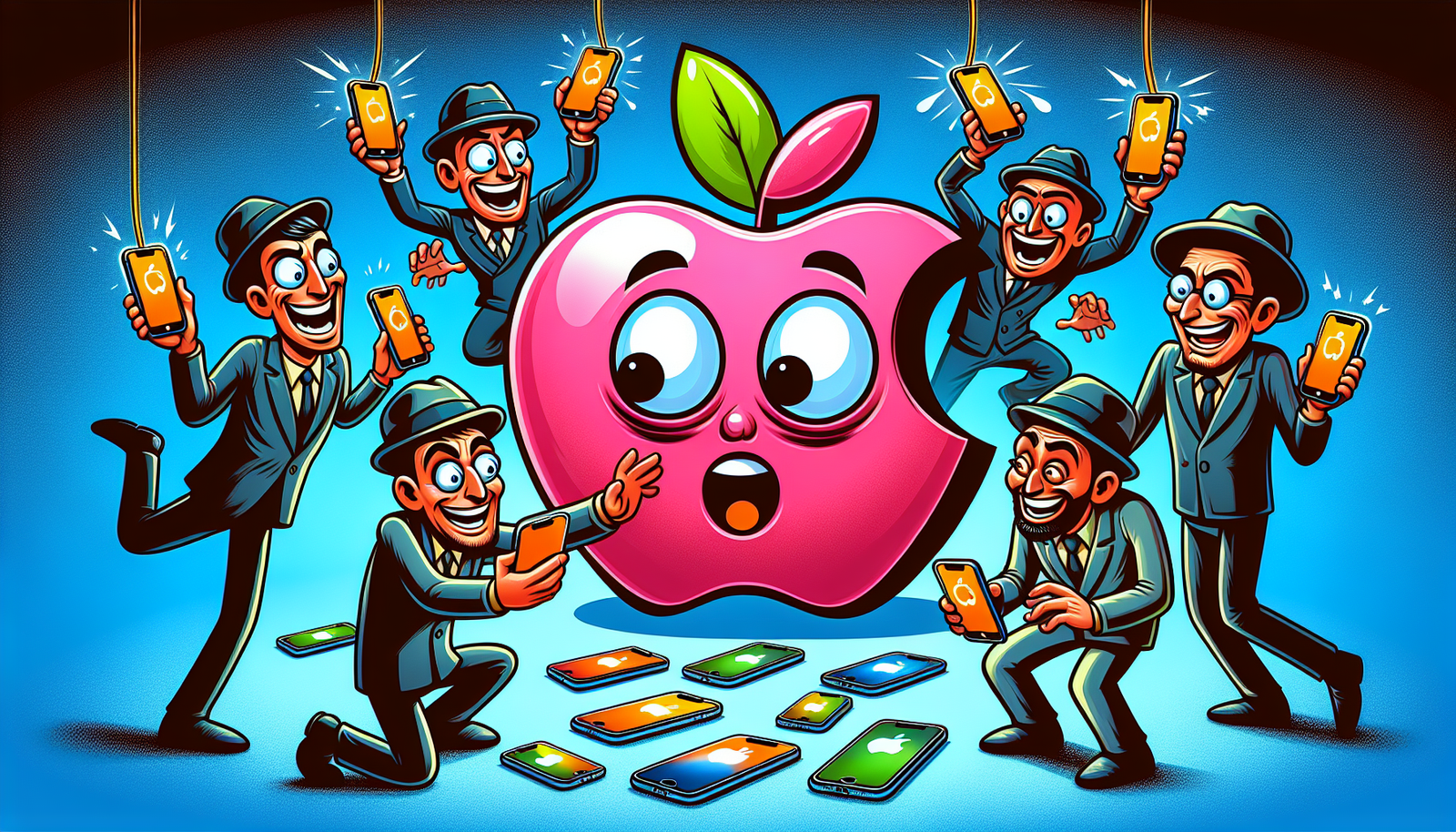Apple Scammed Out of $2.5 Million in Elaborate Counterfeit iPhone Scheme
In a striking revelation, two men have been sentenced for a sophisticated scheme that defrauded Apple of approximately $2.5 million through the replacement of counterfeit iPhones with genuine devices. The scam, which operated between 2017 and 2019, involved the two foreign nationals, Haotian Sun and Pengfei Xue, who orchestrated an intricate process to mask the identity of fraudulently returned devices.
Key Details of the Scheme
The operation’s mechanics relied on manipulating Apple’s return policies by spoofing essential device identifiers like serial numbers and International Mobile Equipment Identity (IMEI) numbers. This clever tactic allowed the scammers to pass off fake iPhones for warranty claims. Apple typically grants a one-year warranty on its products, which the scammers exploited by ensuring the bogus phones appeared to be under warranty.
The Department of Justice (DOJ) reported that during this time, Apple employees failed to identify the counterfeit devices, contributing to the financial losses the company incurred. After being alerted by an investigator from Apple, law enforcement intervened, revealing a web of deceit through intercepted packages sent from China containing thousands of fake phones disguised as legitimate returns.
Sentencing and Legal Repercussions
Sun, aged 34, received a 57-month prison sentence alongside an order to repay over $1 million to Apple. Xue, also 34, was sentenced to 54 months and fined $397,800 in restitution. Both are subject to three years of supervised release following their incarceration.
The duo’s fraudulent actions came to light when authorities traced back the shipments to the fake phones, which were sent for repair either by mail or at Apple stores. Often, several counterfeit devices were returned in one shipment, with Apple mistakenly believing they were real.
Investigative Efforts
To unravel the sophisticated fraud, investigators tracked the scammers through various mailboxes registered under different aliases. The authorities meticulously recorded IMEI numbers from intercepted packages before allowing them to proceed to their intended destinations. By cross-referencing this data with Apple’s records, investigators established connections between the counterfeit devices and the accused.
Additionally, investigators employed various measures, including monitoring personal trash and conducting surveillance on the suspects when they returned the counterfeit items to Apple. The collaboration with Apple played a crucial role in confirming the authenticity of devices and unearthing this costly fraud.
The incident sheds light on the vulnerabilities within tech companies’ return systems and reinforces the need for enhanced verification processes. As fraudsters become increasingly sophisticated in their tactics, companies like Apple must remain vigilant to protect against such elaborate schemes.
